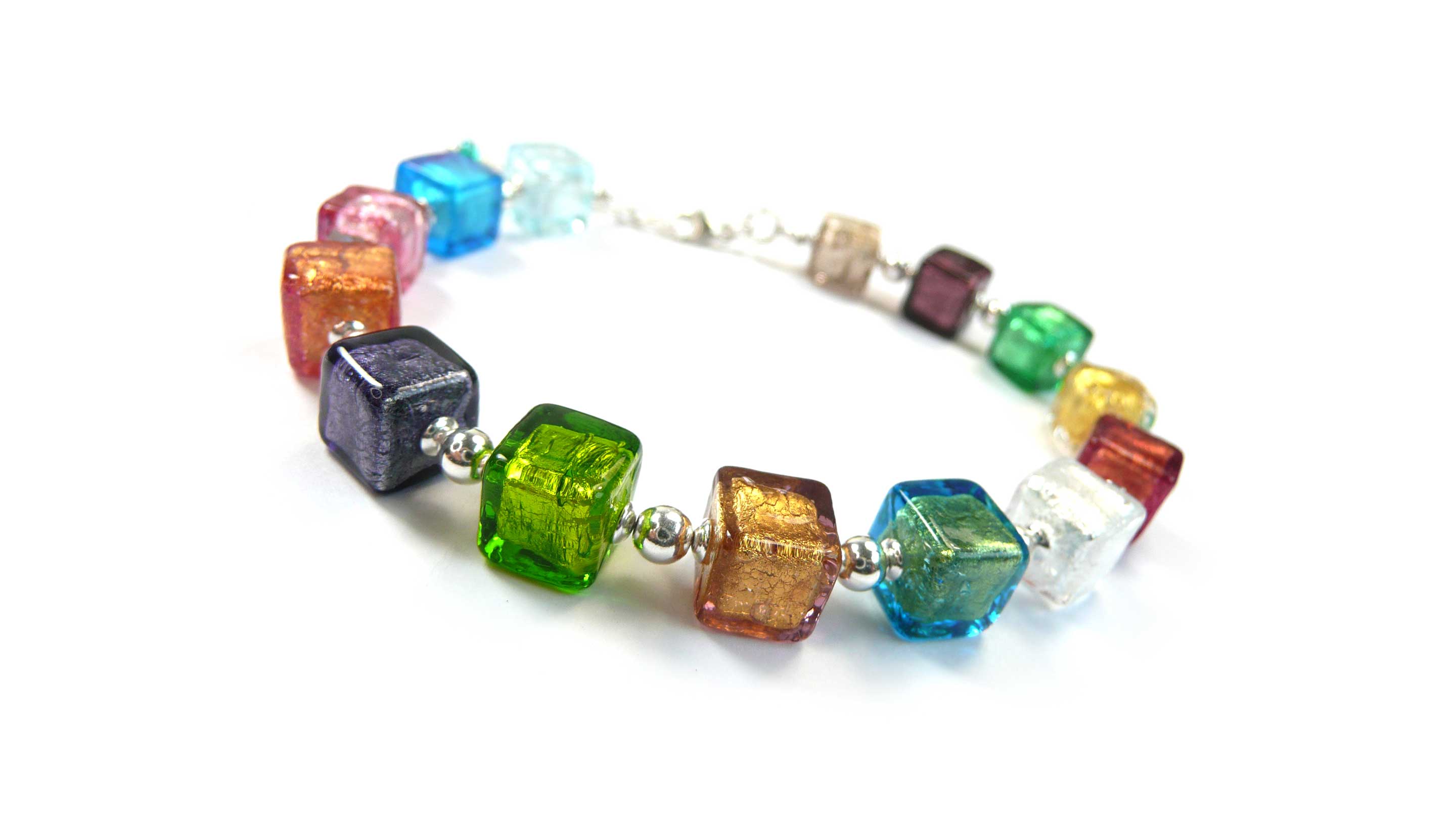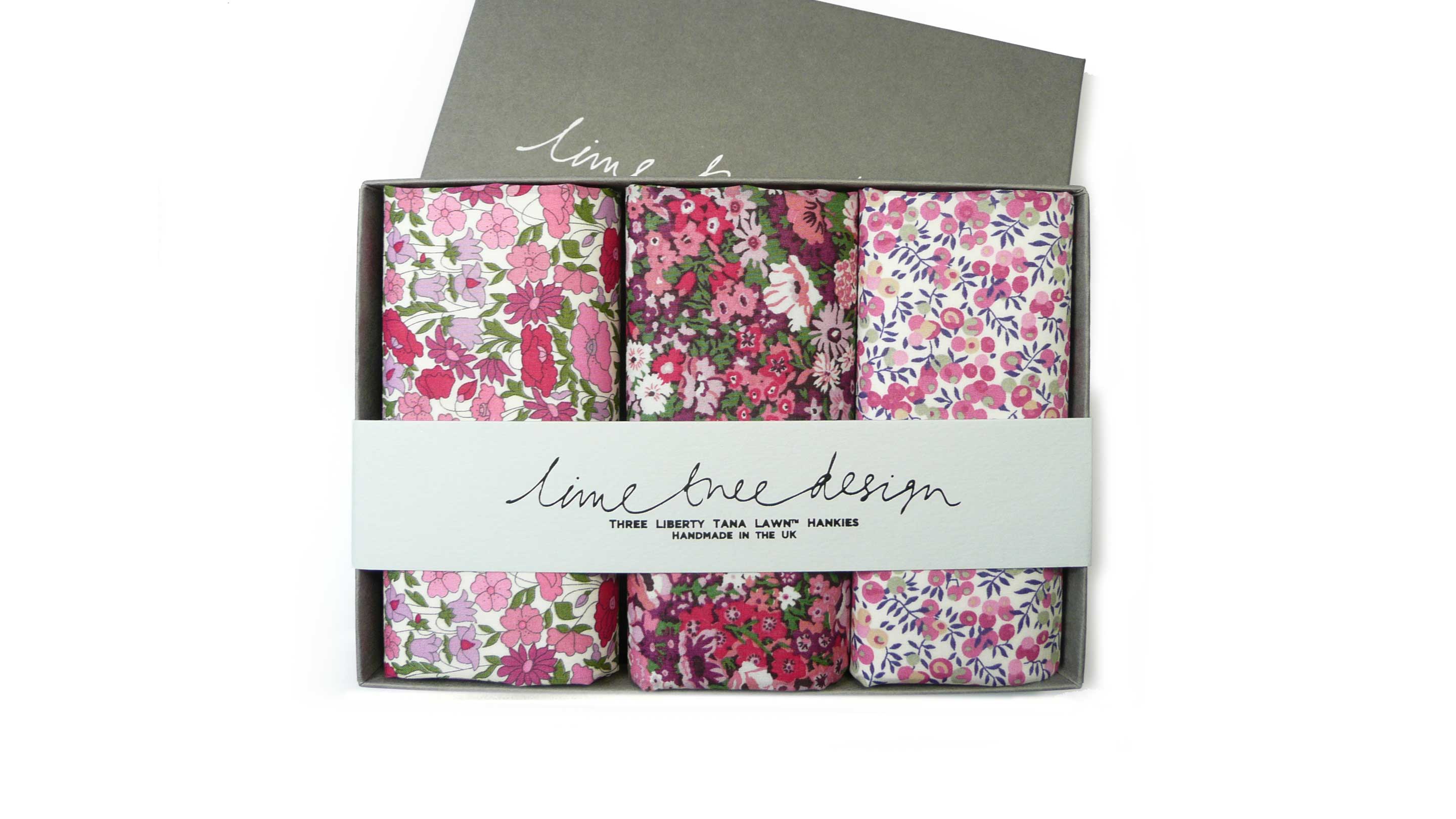What is 925 Sterling Silver?
Creating a strong precious mix
 925 Sterling Silver is an alloy mix of 92.5% pure silver and 7.5% other metals, usually copper. Fine silver (99.9% pure) is generally too soft for producing wearable everyday jewellery, so other metals are added to give strength and durability whilst preserving the malleability of pure silver and a high precious metal content.
925 Sterling Silver is an alloy mix of 92.5% pure silver and 7.5% other metals, usually copper. Fine silver (99.9% pure) is generally too soft for producing wearable everyday jewellery, so other metals are added to give strength and durability whilst preserving the malleability of pure silver and a high precious metal content.
Other metals can replace the copper, usually with the intent to improve various properties of the basic sterling alloy such as reducing casting porosity, eliminating firescale (a red or purple stain), and increasing resistance to tarnish. These replacement metals include germanium, zinc, and platinum, as well as a variety of other additives including silicon and boron. A number of alloys claiming firescale and/or tarnish resistance have appeared in recent years sparking heavy competition between the various manufacturers and their different formulations. No one alloy has emerged as an industry leader or standard and ongoing alloy development is a very active area.
Origins of "Sterling Silver"
The term "Sterling Silver", in reference to the 925 grade of silver, emerged in England by the 13th century (the 1200s). The terms "sterling" and "pound sterling", seem to have acquired their meaning over a period of time, and from several convergent sources. The first mention is that of "sterilensis" in 1078, and by the 13th century the term sterling had appeared. "Sterling" is believed to come from the Old Norman French esterlin (meaning little star) and Old English stiere (strong, firm, immovable).

An alternative explanation is that Sterling Silver may have been known first as "Easterling Silver". The term "Easterling Silver" was used to refer to the grade of silver that had originally been used as the local currency in an area of Germany, known as "The Easterling". This "Easterling" consisted of five towns in the eastern part of Germany which banded together in the 12th century under the name of the Hanseatic League. The Hanseatic League proceeded to engage in considerable commerce with England. In payment for English cattle and grain, the League used their local currency. This currency was in the form of 92.5% silver coins. England soon learned that these coins, which they referred to as "the coins of the Easterlings", were of a reliably high quality and hardness.
We stock silver polishing cloths that are impregnated with clever anti-tarnish agents that will restore and preserve the brightness of your silver jewellery. It's re-useable and designed to last, so long as you don't wash it! Made in the UK from 100% high-quality cotton.
Extracts taken from Wikipedia, the free encyclopedia - Sterling Silver
Licensed and controlled by the terms of the Text of the GNU Free Documentation License




















